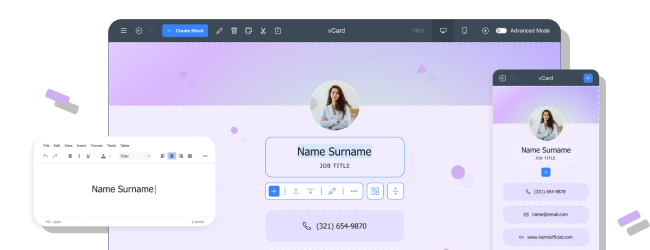How do noise-canceling headphones work?

Noise-canceling headphones claim to let you hear more or the sounds you want to hear to and lower of the sounds you don’t. But how do they do that?
Background noise is annoying. Whether it’s the hiss of an air-exertion system, the hum of business or the drone of a passenger spurt’s machine, if it’s too loud to ignore also it makes it delicate to hear, let alone enjoy, what you want to hear to – indeed if it’s just the ‘sound’ of your studies.
But what if, rather than twiddling up the volume on your music, movie or inner musings to unhealthy situations, you could turn down the volume on the background noise? Sounds like a tempting proposition, right? Well it’s basically what noise-canceling headphones promise to do.
What's noise-cancellation?
Eventually, it’s anything that insulates you from sounds you do n’t want to hear. But the term generally refers to features erected into headphones to keep external, protrusive sounds from snooping with whatever it's you’re trying to hear, indeed if it’s nothing.
Generally speaking, noise cancellation comes in two forms: it's either unresistant or active. They both set out to achieve the same thing, but they go about it in different ways.
So what’s the difference between unresistant and active noise cancellation?
Basically, unresistant noise cancellation absorbs protrusive sounds while active noise cancellation suppresses them.
Passive noise cancellation uses accouterments and structures in the body of the headphones to either muffle the protrusive noise or help it from reaching your cognizance.
It’s the observance mugs and squishy rubber cocoons that seal off your cognizance, along with the springy headband that keeps them projected to the sides of your head. All Over-the-ear headphones feature unresistant noise cancellation, to some extent.
Active noise cancellation, on the other hand, is a little more advanced and relies on microphones and speakers to describe the protrusive sounds and neutralize them.

How does active-noise cancellation work?
It cancels out protrusive sounds using destructive hindrance or ‘anti-sound’. In other words, it uses sound- swells that are the exact contrary of those of the protrusive sound to suppress the protrusive sound before it reaches your cognizance.
Headphones with active-noise cancellation carry small microphones to pick up protrusive sounds. Those sounds are fed into the active-noise cancellation processor, which analyzes them and produces the contrary,anti-sound interpretation of them.
The Anti-sound is also played through the speakers in the headphones to neutralize the protrusive sound so that you don’t hear it.
Does active-noise cancellation actually work?
It’s not perfect, but it’s good enough. It might not be suitable to seal you in a bubble of silence (yet) but it’s further than able to drown out the background drone of traveling on public transport or the hum of spurt machines during an airplane flight.
The reason it works so well with these types of noises is that they’re regular and sit in the lower range of sound frequentness.
To put it another way, they’re fairly predictable, so the active- noise cancellation processor has an easier time dealing with them. Louder, irregular, advanced frequency sounds (suppose crying children and barking tykes) are a little too important for active- noise cancellation to deal with, hence the presence of unresistant noise-cancellation features on most headphones.
Are noise-canceling headphones bad for my cognizance?
No. In fact, when it comes to your hair, they may actually be better for you since you’re less likely to coil the volume up to drown out any unwanted noise.
That said, any kind of internet hunt for active-noise-canceling headphones is likely to turn up stories from people who’ve educated uncomfortable pressure on their eardrums, and in some cases jaw pain and headaches, while using them.
These symptoms are constantly attributed to the pressure changes in your observance conduit, but the malefactor is more likely to be your brain. The lack of low-frequency sounds (due to them being drowned out by the noise-canceling headphones) tricks your brain into allowing a drop in air pressure.
Under normal circumstances, when there really has been a drop in air pressure, it causes a sensation of suction on your eardrums. But in this case, it’s just your brain falling into that familiar pattern.
Where you’re more likely to get into trouble with noise-canceling headphones is if you’re using them around business, as the noise of approaching vehicles may be suppressed.
Inversely, it should be made clear that noise-canceling headphones don't give protection from loud noises, which could still damage your hair. You’ll want observance protectors if you’re going anywhere near loud noises.
Is it only headphones that have noise-canceling technology?
You can find it on some microphones too – frequently on the mics you get on the headsets used for gaming or making hands-free phone calls, but also on those set up on some Dictaphones and digital voice reporters. It might be a commodity as simple as a spongy or ethereal cover (unresistant noise cancellation) or, in some cases, multiple mics to insulate and cancel out background sounds (active noise cancellation).































